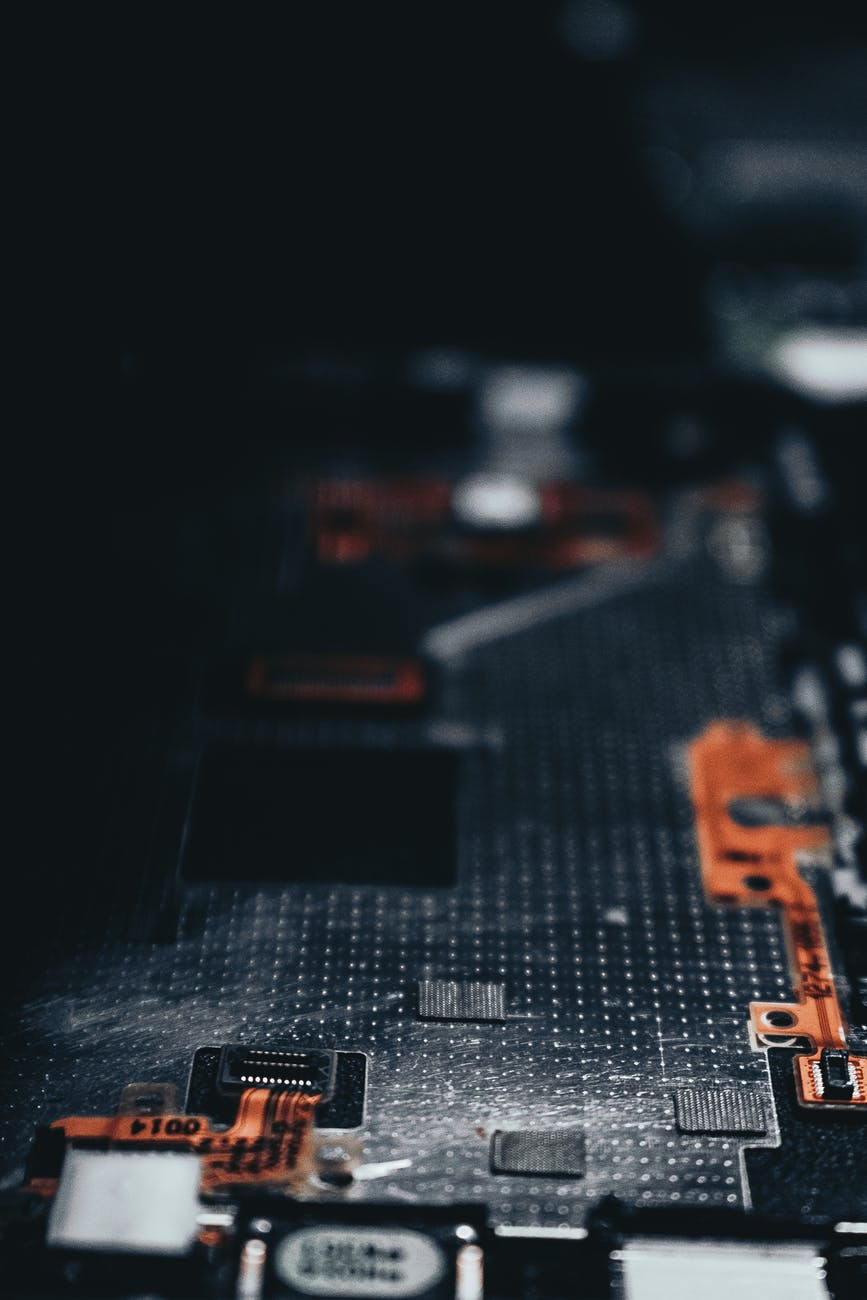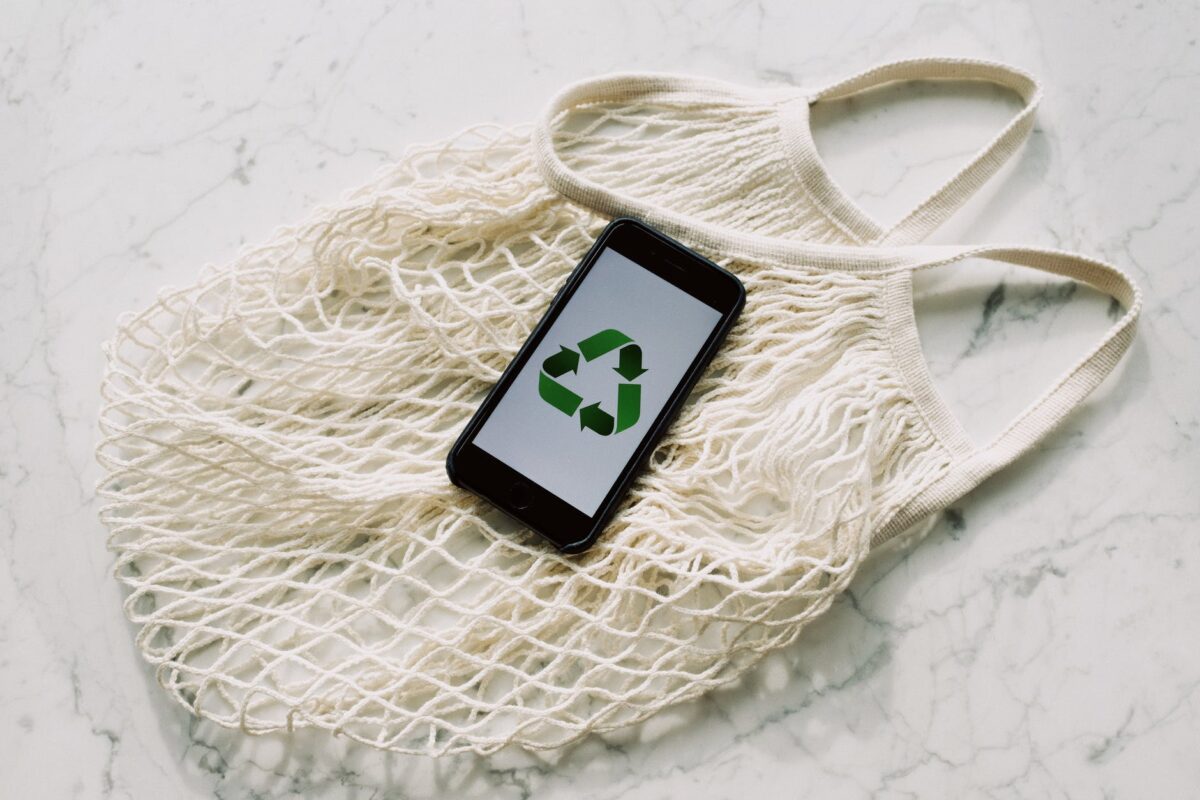Semiconductor Industry Sustainability
Sustainability and making the industry more environmentally friendly has been a goal for a long time. There is even more urgency for this as production increased to deal with the shortages.
The electronics industry has spent most of the last three years battling with component shortages and supply chain chaos. However, as supply chains and shortages begin to come under control, another issue takes precedence.
Following COP27 and the Smart and Green Manufacturing Summit during SEMICON Europa in November of last year, certain sustainability goals and factors have been highlighted.
The source
There are several areas of the industry that are responsible for releasing greenhouse gases, including:
Emissions from fabs: greenhouse gases are released during processes like wafer etching and chamber cleaning. On a wider scale, the energy use to power equipment in fabs also causes greenhouse emissions.
Transport and storage: The vehicles and vessels used to transport goods can emit gases that can also be harmful. As demand increases, shipments also increase and the need to find an environmentally friendly method of transportation.
Downstream emissions: The emissions from other manufacturing processes and end-users further adds to the impact of the industry.
The Paris Agreement
There has been a call to introduce more incentives for electronics manufacturers to focus on sustainability.
After the Paris Agreement was implemented at COP21 in 2015, every industry was obliged to prioritise sustainability. The agreement aims to limit global warming to below 2⁰C compared to pre-industrial levels.
Some big players in the industry have already made sustainability pledges, including Intel and Samsung.
Between now and 2030, the CAGR has been forecast at 8%, putting the industry at $1.3 trillion in annual revenue. If the industry will grow that much there is a chance that the greenhouse gas emissions would quadruple. As such, there is more need than ever to reach sustainability targets.
Recent research has estimated the electronics industry counts for about 4% of global greenhouse gas production.
Part of the problem, part of the solution
The semiconductor industry is essential to the development of renewable power sources and other technology to battle climate change. But the components going into this sustainable tech may not be made sustainably, exacerbating the issue. As such, improving the sustainability of the sector could make a huge difference to the state of the planet.
Part of the Paris Agreement was to reduce greenhouse emissions by 50% by 2030. Imec predicted that, unless the sector starts actively reducing emissions, the part played by the industry in global warming will increase. As other sectors attempt to lower their impact, the semiconductor industry will get left behind.
Imec are currently planning to release a platform, Imec.netzero, to estimate energy, water and mineral usage and greenhouse gas emissions. Following the results presented in 2020, many manufacturers and suppliers became interested in the project, including Apple, Microsoft and Amazon.
That, and other initiatives to improve sustainability, will hopefully put the industry in better stead going forward.
Doing our part
We at Lantek know how important sustainability is. Our efforts to source electronic parts for our customers means there is less waste, and less need for newly manufactured parts. Our dedicated sales team is always here to find the parts you’re looking for, at the best possible price. Contact us today at sales@lantekcorp.com or call us on 1-973-579-8100.




